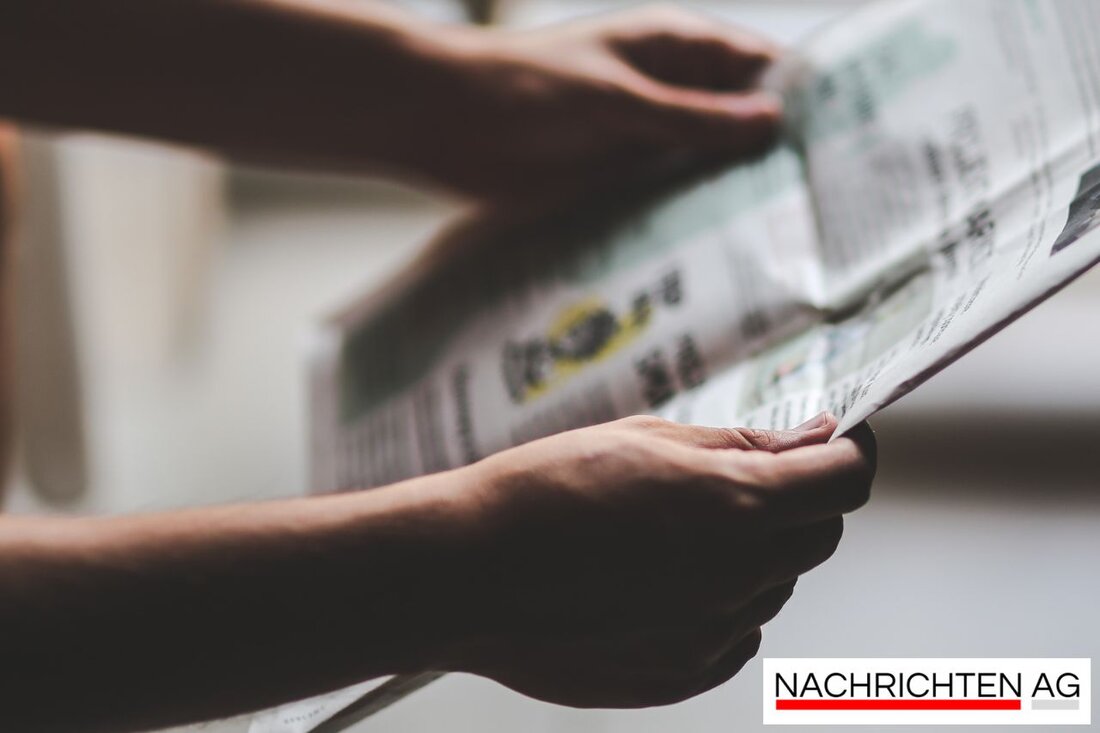Schwesig and Günther commemorate the fall of the Berlin Wall: Courage for freedom!
On November 9th, 2025, Schwesig and Günther commemorate the fall of the Berlin Wall in Boizenburg and celebrate 35 years of town twinning.

Schwesig and Günther commemorate the fall of the Berlin Wall: Courage for freedom!
On November 9, 2025, the citizens and politicians of Germany will commemorate the fall of the Berlin Wall, which ended the division of the country 36 years ago. On this important date, Prime Ministers Manuela Schwesig (SPD) and Daniel Günther (CDU) met in Boizenburg to celebrate the opening of the inner-German border and the transition into a new era. Schwesig and Günther were in their youth when the Wall came down - 15 and 16 years old - and vividly remember this memorable moment when people in the GDR stood up for freedom of expression, freedom of the press and freedom of travel.
“November 9th is not just a date stamp in our history, but the start of a process that led to German unity,” emphasized Schwesig. Both politicians highlight the courage of the people who fought for their freedom in 1989 and suggest that courage is still needed today to continue to stand up for the values of democracy. This reflection took place as part of a traditional meeting at the former border town, which this year celebrates the 35th anniversary of the town twinning between Boizenburg and Lauenburg, which was launched in 1990.
The fall of the Berlin Wall: A historical turning point
The fall of the Berlin Wall on November 9, 1989 marked the beginning of the end of the Cold War. Shortly after the famous scenes as thousands of people streamed through the Bornholmer Strasse border crossing, the wall began to crumble. At a press conference, Günter Schabowski announced that the new travel regulations would apply immediately. This announcement led to an unplanned storming of the Wall and opened the gates to freedom.
The fall of the Berlin Wall was more than just the breaking of a physical barrier; it was the starting signal for a chain reaction that led to the overcoming of the Iron Curtain. In the following months, the internal German border was opened, followed by German reunification in October 1990. This was a process of historic proportions in which international resistance also had to be overcome.
Celebrations and memories
In the years after the fall of the Wall, various anniversaries were celebrated, with the 10th, 20th and 30th anniversary celebrations in Berlin being particularly noteworthy. These events were not only flashbacks, but also opportunities to preserve people's narratives and memories. An initiative called “Memory Lab on Tour” is currently underway, which aims to actively recall contemporary witnesses and the historical context of the events.
In this time of national reflection, the Berlin Wall Foundation calls on people to engage with history and share the personal stories of people who had direct experiences with division and reunification. Through such initiatives, the life stories of contemporary witnesses are given a platform that also inspires future generations.
Overall, November 9th remains a date that invites both celebration and reflection. It is a symbol of change and the ceaseless struggle for freedom that continues to this day. In this sense, Schwesig and Günther stick to their messages: It is all the more important to live this courage in today's world and to use the lessons of the past for the future.
For further information on the fall of the Berlin Wall and the stories associated with it, interested readers can read the reports from NDR, Wikipedia or the Berlin Wall Foundation visit.

 Suche
Suche
 Mein Konto
Mein Konto